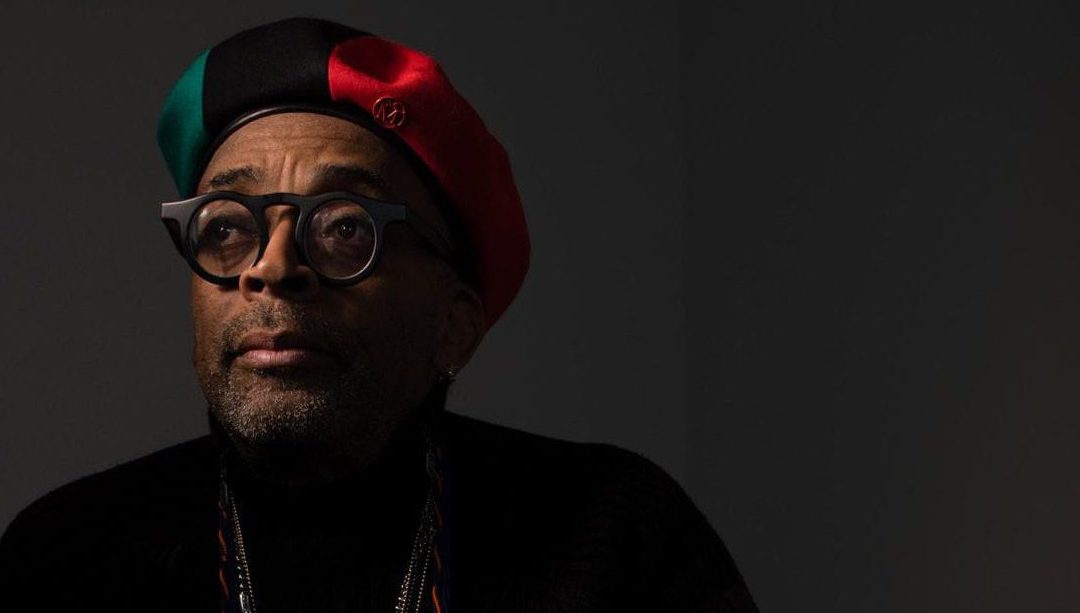In a career that has spanned well over thirty years from his debut 1986 feature She’s Gotta Have It to the recent BlacKkKlansman, Spike Lee has forged his own path as an African American auteur and provocateur, playing by his own rules to tell his own stories in his own way–and with his own people, friends, family, and collaborators.
In this set of visual essays, our contributors examine the art, craft, and themes of Spike Lee’s “joints” throughout his career. In “Finding His Voice: Spike Lee’s Development as a Filmmaker,” Brynn Artley examines Lee’s development as an artist from his film-school production Joe’s Bed-Stuy Barbershop: We Cut Heads through his epic Malcolm X. In “Dance as Storytelling in School Daze and Do the Right Thing, “Jenna Grochow and Josh De La Rosa analyze Lee’s use of dance sequences in the two films as means of narrative and thematic development, while Harrison McCormick and Chris Schroeder study Lee’s use of multiple and overlapping musical idioms in “Spike Lee: The Musical Effectiveness of Do the Right Thing.”
In their “Reflecting upon Race Relations,” Joe Van Ryn and Dylan Johnson take a close look at the stylistic and thematic complexity of Lee’s opening credit sequences in a series of his earlier films, and Kyra Beske concludes our issue with her essay, “Does She Still Gotta Have It?”, a comparison of Lee’s 1986 and 2017 Netflix versions of She’s Gotta Have It.
We hope these five visual essays chart the range and depth of Lee’s oeuvre–and that his body of work can continue to grow, evolve, and redefine itself for another thirty-plus years.


Recent Comments